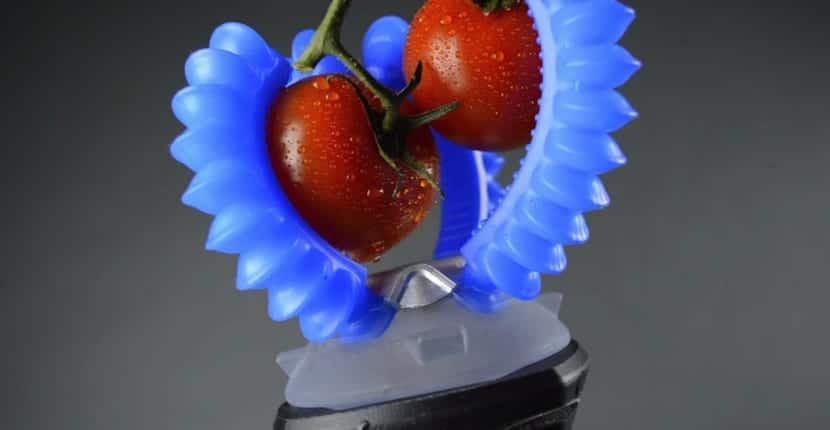
A group of engineers from the Biomedical Engineering faculty at Harvard University The United States has been working in recent months on the development of a new artificial muscle capable, as advertised, of revolve the world of soft robotics thanks to its unique characteristics. By way of clarification, it should be noted that soft robotics is a concept that encompasses robots manufactured with new materials and morphology specially designed to offer safe and efficient physical interaction in dynamic and unstructured environments.
Within soft robotics we can find developments, such as the one you can see in the image that I have left you right at the beginning of this same post, where a system composed of soft tweezers although we could also include other developments in this world such as androids with completely soft bodies, laparoscopic surgical tools ...
A dielectric elastomer could be key in the development of soft robotics
Now, within the world of soft or soft robotics, we find ourselves with a series of disadvantages. Among the most serious, for example to mention how their actuators, a kind of muscles that are truly responsible for the joint movement of the robot, tend to be based on hydraulic or pneumatic systems that, in turn, tend to present a slow response while requiring a lot of energy to function.
Returning to the work carried out by the group of engineers at Harvard University, highlight how in their search they have managed to develop a new series of actuators, specifically a dialectical elastomer or flexible plastic, capable of offering a wide range of motion that would be key because it does not need rigid components to function. This actuator would have been developed from the superposition of many layers of this elastomer and carbon nanotube electrodes.
As commented Robert Wood, study co-author:
Acting is one of the most difficult challenges in robotics. The vast majority of today's robots are based on conventional electromagnetic rotary motors. In cases where we cannot use these types of motors, for example in smooth robots, there are few alternatives for high-performance movement.